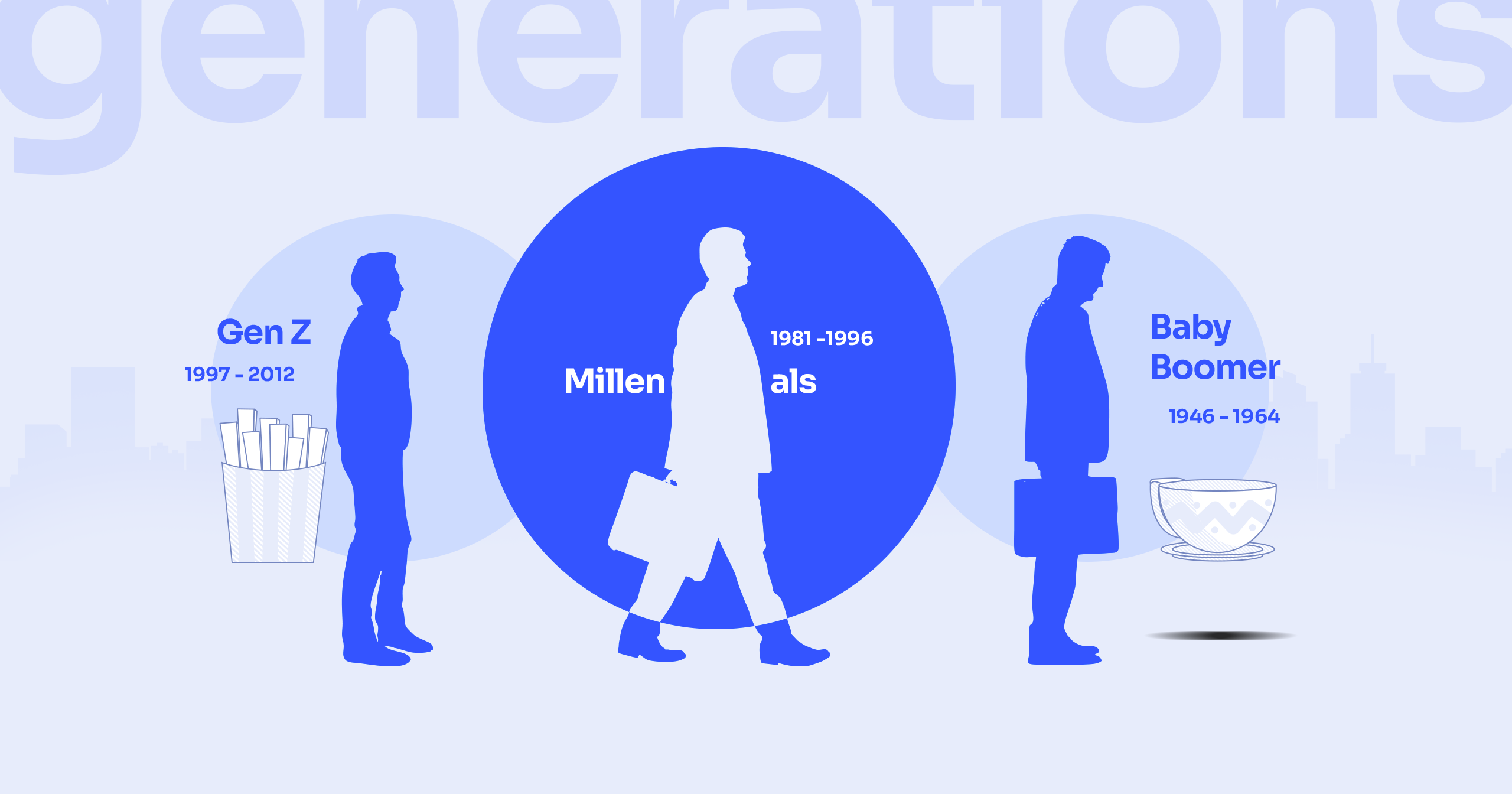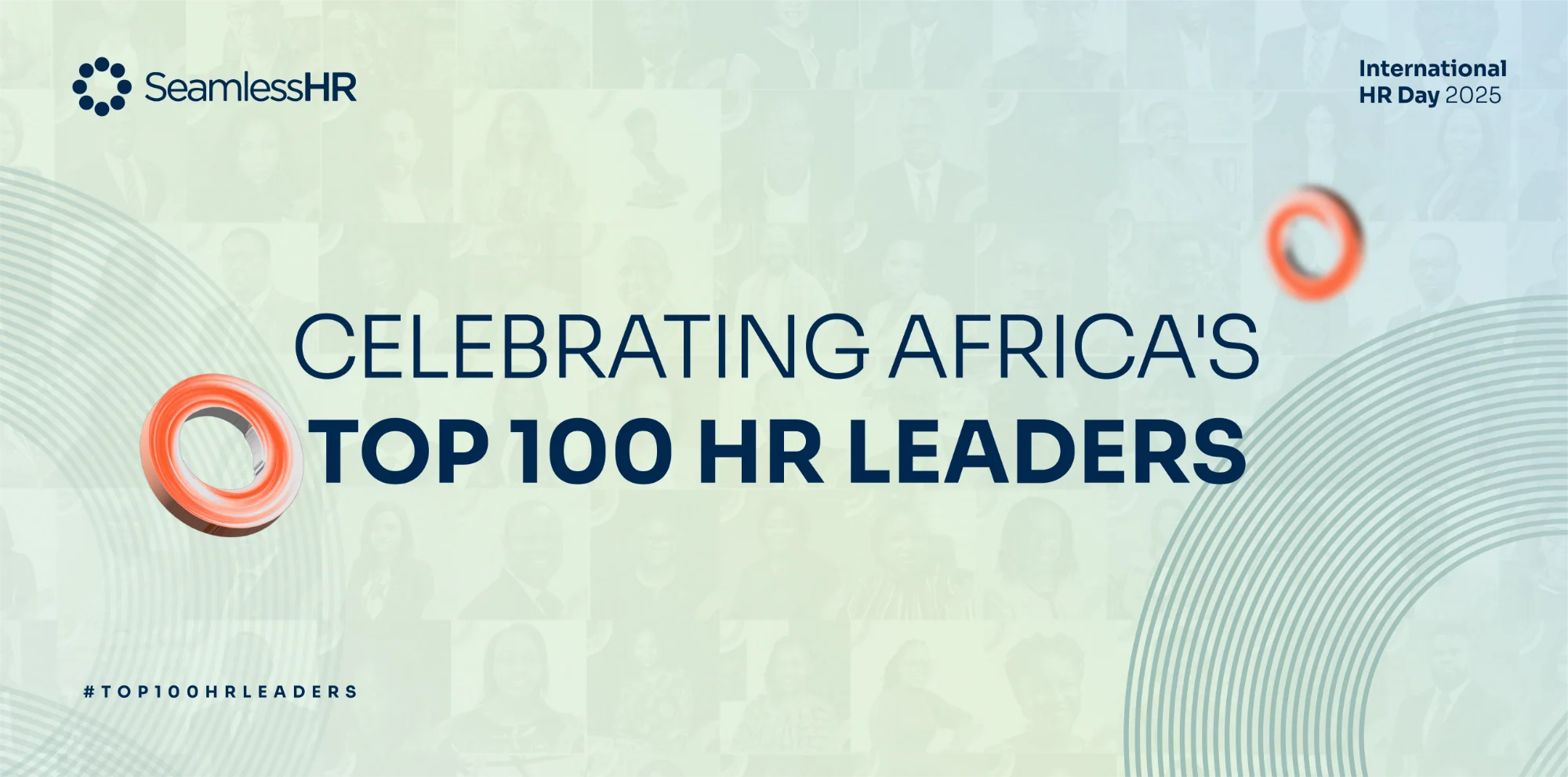Bridging the Gap Between Gen Z and Other Generations at Work
In today’s diverse and dynamic workforce, it’s common to find multiple generations working side by side. From the Baby Boomers and Gen Xers to Millennials and Gen Zers, each generation brings unique perspectives, values, and communication styles to the table. While these differences can be a source of strength, they can also pose challenges when it comes to effective collaboration. In this article, we’ll explore the generational divide at work, focusing on Gen Z, and provide practical tips for bridging the gap and fostering a harmonious work environment.
Understanding the Generations
Before we dive into bridging the generational gap, let’s take a closer look at the unique characteristics of Gen Z and how they differ from other generations in the workplace:
- Gen Z (born roughly between 1997 and 2012): They are a fascinating bunch who stand out as tech-savvy, entrepreneurial, witty, pragmatic and inclusive, attaching great value to social and political inclusion across all classes of people.
- Millennials (born between 1981 and 1996): This group bloomed in the age that ushered in modern technology. They display a strong affinity for teamwork and prioritise achieving work-life balance.
- Gen X (born between 1965 and 1980): For Gen X, independence is a stand-out quality. Things were barely automated in their youth, so they learned to get stuff done with their bare hands(this makes them about the most resourceful on their teams). They are a self-sufficient group willing to understand the workings of technology.
- Baby Boomers (born between 1946 and 1964): Being born in this age, this generation tends to key into traditional hierarchies, especially in the workplace. They are loyal to their employers, and place high value on long-term job stability.
It is agreed that Gen Zers are confident, determined, and technological problem-solvers. In the same breath, however, execs have reported that they are also lazy, overconfident and sluggish. Gen Zers are perceived as a category that is especially difficult to manage. In fact, 65% of employers feel they must fire Gen Z workers more frequently than those from other generations.
According to the World Economic Forum, Gen Z is projected to make up one-third of the workforce by 2025. With this data in mind, the question arises: How can we effectively blend the unique attributes of each generation to cultivate a resilient workforce for the years ahead?
Bridging the Gap Between Generations
Now that we have a better understanding of the generational differences let’s explore some practical ways to bridge the gap between Gen Z and other generations at work:
- Mentorship programs: Implement mentorship programs that pair the younger and often less experienced Gen Z employees with more experienced colleagues. This provides a platform for knowledge sharing and relationship building.
- Create a workplace culture that values diversity and inclusion: Encourage open conversations about different perspectives and foster an environment where everyone feels heard. People develop a strong sense of loyalty in the workplace when they are heard and listened to.
- Build flexible work styles: Flexible work arrangements that accommodate various generational preferences should be considered. Some employees may thrive in a traditional office setting, while others prefer remote or hybrid work.
- Communication training: Invest in communication training for all employees. Teach effective and efficient communication techniques, active listening, and the use of various communication tools to bridge the generation gap.
- Recognize individual strengths: Focus on individual strengths rather than generational stereotypes. Recognise that each generation brings valuable skills and experiences to the table.
- Embrace technology: Leverage Gen Z’s tech-savviness to introduce new tools and processes that benefit the entire organisation. Encourage cross-generational learning to ensure everyone is comfortable with new technologies.
Conclusion
Navigating generational differences in the workplace is essential for building a cohesive and successful team. By understanding each generation’s unique characteristics and values, fostering open communication, and embracing diversity, organisations can bridge the gap between Gen Z and other generations, creating a harmonious work environment where everyone can thrive. In the end, it’s all about leveraging the strengths of each generation to achieve common goals and drive innovation.






